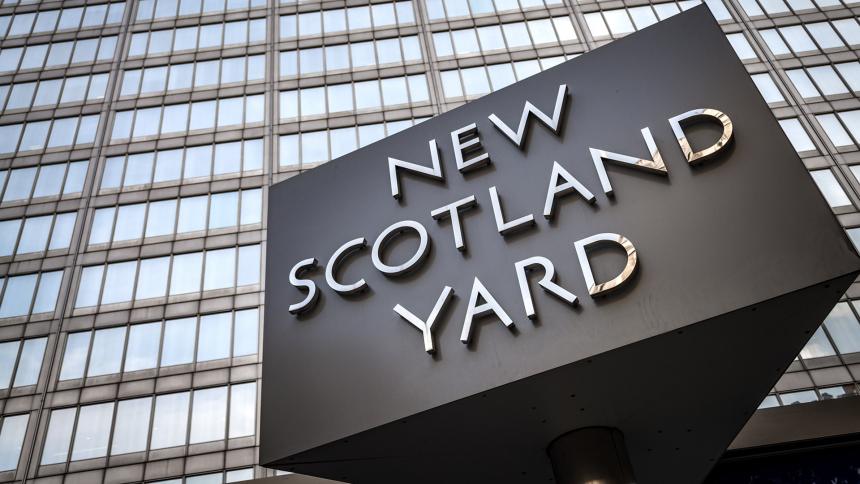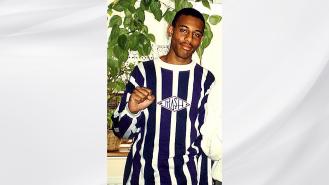
Three Famous British Detectives
From the sleuth who took down one of Britain’s most despised killers, to the real-life inspiration for an iconic TV police officer, meet three police detectives who made their mark over the decades.
Colin Sutton
It’s no exaggeration to say that Colin Sutton is a legendary figure in the Met Police. Throughout his lengthy career, he spearheaded dozens of murder investigations, and most notably snared the notorious serial killer Levi Bellfield.
For Sutton, the Bellfield investigation began with the discovery of the body of 22-year-old Amelie Delagrange in a London park in 2004. Sutton and his team soon made the connection with two previous crimes: the murder of 19-year-old Marsha McDonnell, and the attempted murder of 18-year-old Kate Sheedy. It was only thanks to arduous trawling of CCTV footage and painstaking piecing together of other clues that Sutton was able to charge Bellfield with these crimes.
What’s more, Sutton’s work was instrumental in convicting Bellfield of an infamous crime that took place outside his jurisdiction: the abduction, rape, and murder of 13-year-old Milly Dowler.
Sutton also led a mammoth investigation into the so-called Night Stalker. Operating throughout South London, Kent and Surrey, the Night Stalker was a remorselessly prolific serial rapist who attacked hundreds of elderly victims in their homes. Police had struggled to crack the long-running case before Sutton came on board in 2009. He put together a huge surveillance team which used hidden cameras and helicopters equipped with infrared cameras to keep watch on the areas where the Stalker operated.
The efforts paid off in November 2009, when the rapist was apprehended. Delroy Grant, who had terrorised so many people for so long, was handed four life sentences.
Clive Driscoll
The murder of black teenager Stephen Lawrence in 1993 was a seismic event in British history. The fallout led to nationwide self-reflection about the prevalence of bigotry in a supposedly liberal society and shed light on institutional racism within the police. There was also widespread frustration that the men suspected of the murder managed to continually evade justice over the years that followed. The reason: a lack of tangible evidence.
In 2006, the cold case was taken on by veteran detective Clive Driscoll. His impressive CV included a bold investigation into a South London paedophile ring and the first-ever conviction for an ‘honour killing’ where a body was never found. Driscoll was therefore well-placed to tackle the challenge of the Stephen Lawrence case.
Driscoll and his team started from scratch and went through everything with a fine-toothed comb as if it were a fresh investigation rather than a cold case. Crucially, he also had access to forensic technology that had not been available during the original probe.
This turned up game-changing evidence on the clothing of long-time suspects Gary Dobson and David Norris. It included a blood stain measuring just 0.25mm by 0.5mm, and some hairs and fibres – all of which were identified as Stephen’s.
This was the breakthrough that had been sorely needed for so many years. Dobson and Norris were sent down for the murder in 2012, and – while the other killers are yet to be jailed – the convictions capped Driscoll’s remarkable career as a detective.
Jackie Malton
Hitting screens in 1991, the police drama Prime Suspect introduced an instantly iconic TV detective: DCI Jane Tennison. Played by Helen Mirren, the tough and determined Tennison had to deal not only with brutal crimes but also with the casual sexism of colleagues in the force. What many may not realise is that she was based on a very real detective: Jackie Malton, one of the first female DCIs in the Metropolitan Police.
Malton became a police cadet in 1969, a time when women recruits were assigned tea-making duties. Even fully qualified officers were largely restricted to supporting male colleagues or dealing with domestic disputes. Malton later recalled how a female officer might expect to have been called an ‘Office Dorris’ or a ‘Plonk’ (that is, a Person with Little or No Knowledge).
But Malton persevered, becoming the youngest woman ever to be promoted to Sergeant in the Leicester and Rutland Constabulary. She later joined CID, where she fell afoul of an initiation ritual for women known as office stamping. This meant being held by two male officers while a third marked her backside with a CID ink stamp.
‘It was utterly humiliating,’ she later said, ‘just as I suspected this ritual – meted out only to women – was meant to be.’
Malton eventually became a whistle-blower, revealing that several officers had planted drugs on people they had arrested. This led to several colleagues being suspended, and Malton being scorned and harassed at work. It did not deter her from doing her duty, and she continued to help modernise the way the police dealt with domestic violence and rape cases. She also became a script consultant for Prime Suspect, with writer Lynda La Plante altering the lead character to behave and speak like Malton.
One famous line by Tennison – ‘Call me Boss or Guv, but don’t call me Ma’am, I’m not the bloody Queen’ – was taken verbatim from Malton. Even then, many male police officers disputed the accuracy of the script, leading Prime Suspect producer Don Leaver to ‘worry they might have a turkey on their hands’. In fact, they had a smash hit and a lasting testament to Jackie Malton’s trailblazing career as a top detective.








